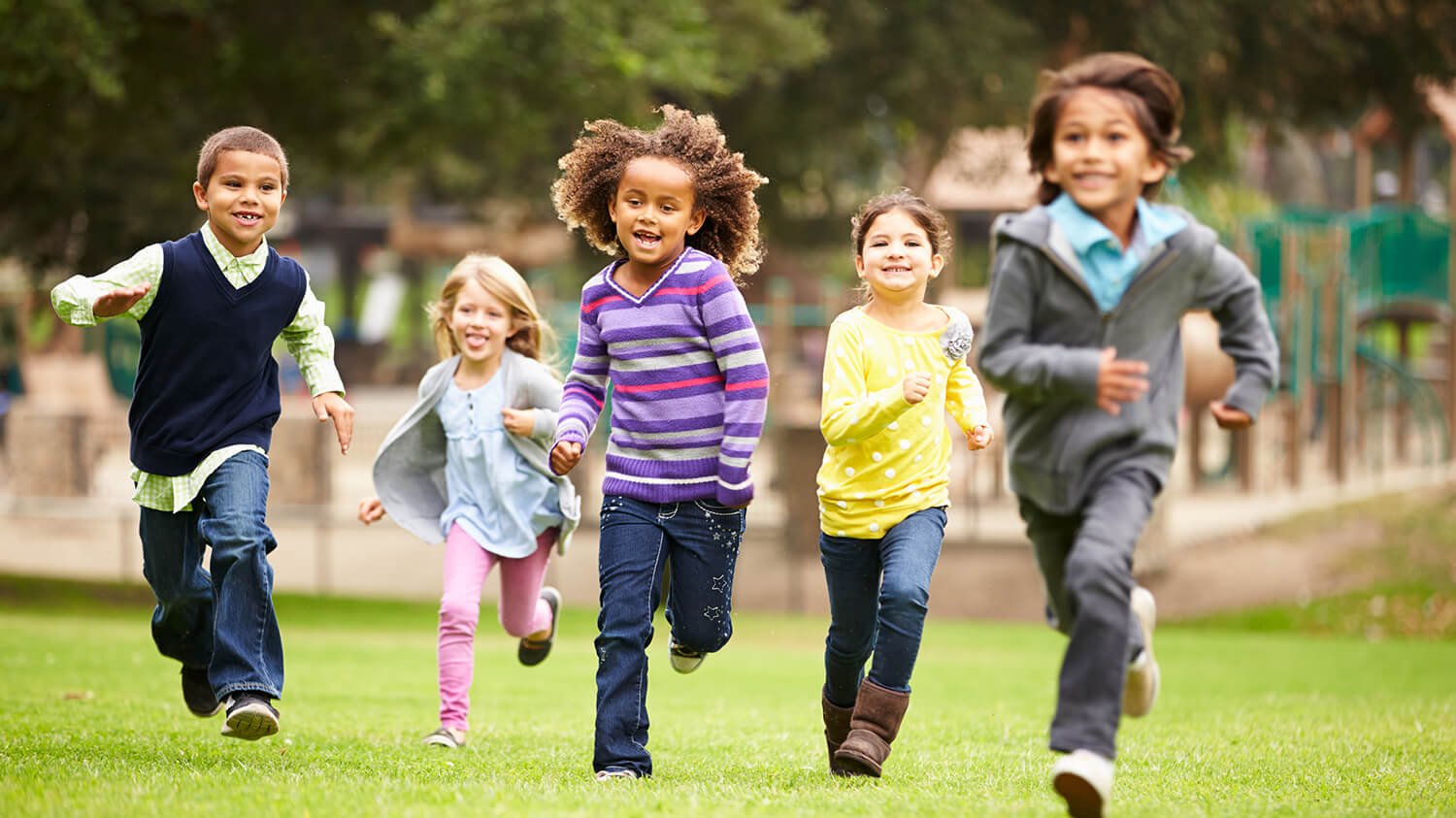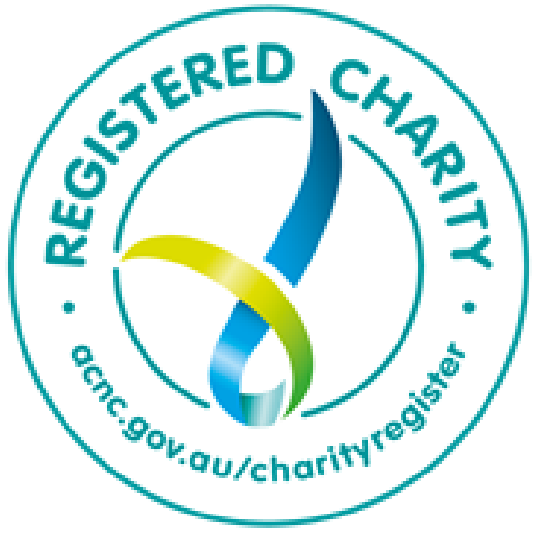What schools can do to address appearance talk and why it matters
Reducing the amount of appearance talk that children, young people and all those in the school community engage in helps to create a safe and inclusive environment for all people, in all bodies.
As the bell rings to mark the beginning of another school year, students across Australia brace themselves for the excitement and challenges of returning to school after the summer break.
Many will be excited by the reunion with friends and classmates, but for others it may be a time associated with anxiety, heightened self-awareness and potential judgments from others.
Changes in physical appearance during the break – growth spurts, new hairstyles, weight gained or lost – may trigger conversations and comments centered around appearance. But appearance talk, whether it’s positive or negative, rarely does anything good for people’s body image and only serves to reinforce body ideals and weight stigma.
Reducing the amount of appearance talk that children, young people and all those in the school community engage in helps to create a safe and inclusive environment for all people, in all bodies. Being mindful of language when referring to bodies and weight and not linking these to eating and exercise habits is key.
The problem with appearance talk
Appearance talk is any language, dialogue or conversation that involves weight, shape size of the body. It is everywhere and pretty normalised in our society.
How someone looks or what they are wearing is often the first thing commented on when greeting someone. It’s particularly common in adolescence and is often driven by societal pressures, social media and the need to fit in and connect with peers. It’s also used as a way to normalise and vocalise insecurities and negative feelings.
The problem is this type of talk models body dissatisfaction, contributes to unhealthy comparisons, encourages external rather than internal validation. Appearance talk creates an unhelpful culture where looks are deemed more important than personal qualities and strengths.
Research suggests that the more a child perceives their friend to be dissatisfied with their appearance the more likely they are to be dissatisfied with their own (1).
Butterfly’s Body Kind Youth Survey which looked at the body image experience of 12 – 18-year-olds in Australia, found that 45% of respondents never or rarely encouraged their friends to talk less about appearance and 51% never or rarely speak kindly about their own body.
What schools can do to address appearance talk
Being the change during these types of conversations is hard, even for adults, but addressing appearance talk and encouraging mindful language within school wellbeing programs can be one way to positively help young people manage it.
As an educator you can:
- Help young people understand that negative appearance talk isn’t good for their mental health.
- Encourage them to start noticing when it’s happening (who, what, when). They may be surprised just how big a part of their day it is. Lunchtimes in particular can be a time for toxic diet, health and body talk.
- Work with young people to generate strategies to avoid these types of conversations – walking away, changing the subject, calling it out (if they are feeling brave) or replacing it with more accepting or body neutral language/conversations.
- Explore giving and receiving compliments that aren’t about how people look with students. It is actually a skill and takes a bit of practice. Too often a compliment can be taken the wrong way or lead to embarrassment, resulting in the compliment being ‘refused’ or given back. For a young person experiencing an eating disorder for example, a well-intentioned comment from a friend such as “you look well or healthy” can be interpreted as “You’ve gained weight”.
What about appearance talk that is actually bullying?
Appearance based teasing and bullying is incredibly common in schools.
Butterfly’s Body Kind Youth Survey (2022) found that 70% of young people had received negative comments or been teased about their appearance, the vast majority of it occurring in schools.
The negative impacts on mental health from appearance bullying and teasing are clear from the research and the voice of lived experience. It is also a significant risk factor for the development of disordered eating and eating disorders.
Negative impacts don’t just occur with targeted bullying. Any negative comment, perhaps posed as ‘banter’ to get a laugh, can have a negative and long-lasting impact on body image, and not just for the person on the receiving end.
As with any form of bullying, schools need to adopt a zero-tolerance approach.
Whilst building resilience in young people and encouraging them, if safe to do so, to stand-up for themselves and others is important, those responsible need to also be held accountable for their actions.
The message within schools needs to be clear, appearance teasing/bullying is never OK, and for the person on the receiving end – your body is not the problem, the bullying behaviour is!
The importance of positive role modelling
From Butterfly’s lived experience community, we also know that comments teachers and significant adults make about a young person’s appearance, what they eat and their sporting ability can lead to long-lasting unintended harm.
Educators need to resist the temptation to comment on a student’s appearance (e.g., “You’ve shot up”, “Been working out over the holidays?”), not only because it conveys the message that appearance is important, but it could also be validating problematic behaviours.
We never truly know how a comment is going to land with someone, so it’s best not to say anything about physical attributes. This idea extends to colleagues and the staff room as well. While it may feel like a way to bond, avoiding talking about diets, fitness plans or goal weights supports a positive workplace culture.
Support for schools
Helping young people manage appearance talk and mindful language to support a healthy relationship with the body, eating and exercise are covered in Butterfly’s education programs for young people, parents and professionals.
To find out more about Butterfly’s programs for schools and youth professionals, click here
For those working in primary schools, learn more about Butterfly Body Bright
References
(1) Dohnt, H.K., Tiggemann, M. Body Image Concerns in Young Girls: The Role of Peers and Media Prior to Adolescence. J Youth Adolescence 35, 135–145 (2006). https://doi.org/10.1007/s10964-005-9020-7






















